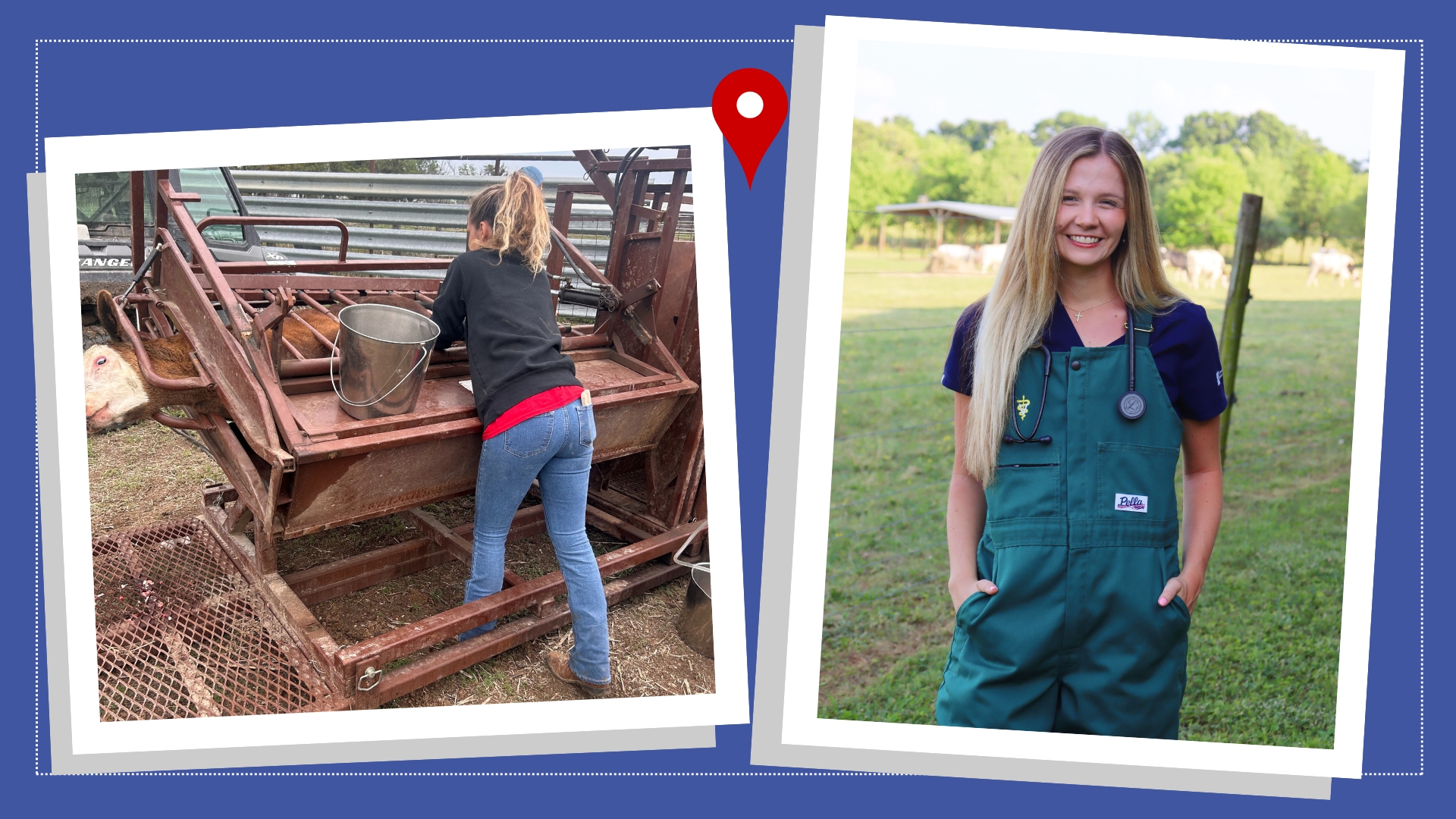Behavior Training Gives Rescue Dog a Fresh Start

Jim and Kathy Nelson of Morehead City, N.C., are retired educators, but that doesn’t mean they’ve stopped teaching. It’s just that now their students are of the canine persuasion.
It all started with their dog, Shadow.
The Nelsons are advocates for rescue dogs, so it’s not surprising that when they decided to get a dog for themselves they adopted a yellow Labrador retriever mix and named him Shadow.
No one knew Shadow’s history. What they did know was that he demonstrated fearful behavior at times, but bonded quickly with the Nelsons and adapted to their daily lives. While Shadow was fine within his inner circle, he was extremely protective of it, so much so that he was very aggressive toward anyone — people and dogs — he felt threatened his family.
Jim Nelson said that when his son, Milton, attempted to befriend the dog, Shadow bit him. Despite the Nelsons’ efforts to calm the dog, Jim Nelson said his behavior was getting worse. At that time, both Jim and Kathy were still working as educators in Raleigh and their search for a way to help Shadow six years ago brought them to the NC State College of Veterinary Medicine and Barbara Sherman, clinical professor of veterinary behavior. Shadow was 4 years old.
“When friends came to visit the Nelsons, Shadow would readily take on the ‘protection dog’ role,” said Sherman, “orienting toward the visitor, barking vigorously and threatening them in an apparent but misguided attempt to keep the visitor away and ‘protect’ the Nelsons.”
First, the Nelsons sent Sherman video of Shadow in his normal environment. Together, they developed a plan.
It was a multi-faceted approach, initially reducing exposure to fearful stimuli, such as strangers, then implementing a behavioral program designed to help Shadow feel safe, teaching him what to do when he was afraid and reward positive behaviors, said Sherman. Anti-anxiety medication was also prescribed.
After their first session with Sherman in 2009 they continued to work with her every six months until their last visit in 2015.
“Dr. Sherman’s training extinguished most of Shadow’s behaviors, although we still have to be vigilant,” Jim Nelson said.
The Nelsons now volunteer with their local animal shelter, and Jim Nelson often works with dogs deemed aggressive, walking them and monitoring their behavior.
Now, the Nelsons have become regular donors to support the work of the CVM’s behavioral medicine service. Since 2012 they have contributed $250 a year as a way to show appreciation for the care Shadow received and to help assure that the service aids companion animals well into the future.
~Steve Volstad/NC State Veterinary Medicine
- Categories:


